

 Knowledge Base +
Knowledge Base +  2024.01.22
2024.01.22As global digital transformation kicks into high gear, service providers and network operators need to transform their offerings to keep pace with the market. Businesses, consumers and governments now expect high-speed connectivity to reach any area, including rural areas. As data-intensive applications continue to grow and bandwidth demand increases exponentially, it's time to convert existing 10G extended networks to 100G networks.
In practice, many operators rely on proven 100G technology, however, optical signal loss limits coverage to a maximum of around 40 kilometers. The new QSFP-100G-ZR4-S can now provide cost-effective 100G connectivity over a range of up to 80 kilometers*, providing connectivity to more distant areas. (See Figure 1.)
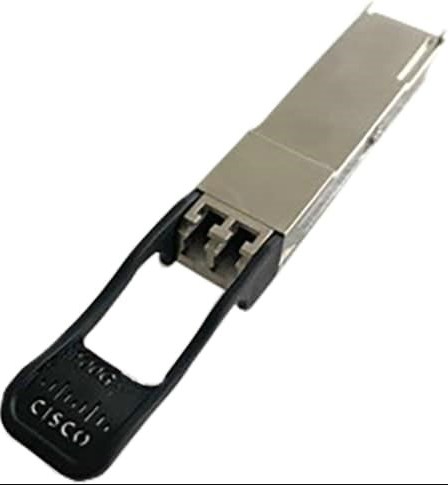
Figure 1 Cisco QSFP-100G-ZR4-S Pluggable Optical Module (actual transmission distance is dependent on running fiber and connector insertion loss)
Extending QSFP 100G to 80 kilometers
There are already a variety of 100G QSFP28 optical modules on the market that support transmission over distances ranging from 100m to 40 km. At distances greater than 40km, dispersion and optical signal attenuation increase, which reduces the optical signal-to-noise ratio (SNR) and increases the bit error rate.
Therefore, 100G transmission over distances greater than 40km using QSFP28 has traditionally meant adding dispersion compensation/optical amplification, using coherent optics-based optical transmission systems, or deploying more 40km QSFP 100G modules and devices between repeater locations. All of these approaches add cost, complexity and power consumption.
Alternatives for customers wishing to upgrade 80km 10G links to 100G include the use of CFP2-DCO modules or QSFP-DD ZRs based on 400G coherent technology. both modules are designed for transport applications that support longer distances and offer higher speeds than those required for 80km 100G applications, but of course with higher power consumption. They also require CFP2 or QSFP-DD ports, which may or may not be available on existing equipment.
Given these types of issues, for service providers and network operators with extended transmission range applications, enterprises connecting to regional data centers, service providers connecting to out-of-region facilities, or telcos/MSOs deploying broadband to rural areas, 100G transmission greater than 40km, for example, is not traditionally economically viable. As a result, these companies typically continue to invest in 10G networks.
Although 10G links do not have the same constraints as 100G links, they can only provide a tenth of the transmission capacity. At the same time, every year more Internet users are running more data-intensive applications with more connected devices. Adding more 10G wavelengths or investing in more fiber can be costly and not easily scalable. These organizations need a practical 100G solution that allows them to transmit over 40 km, and now, with the release of the QSFP-100G-ZR4-S module, they can simply and cost-effectively deploy transmission networks over distances of up to 80 km.
The QSFP-100G-ZR4-S optical module provides 80km 100G connectivity without repeaters, thanks to an integrated semiconductor optical amplifier (SOA). This technology enables operators and service providers to transform their networks (see Figure 2). They increase bandwidth up to 10 times compared to existing single or multiple 10G links. They can free up fiber for other applications or release it entirely instead of running or leasing new fiber to meet growing demand. The upgrade allows them to deliver 100G capacity for longer distances while reducing cost per bit.
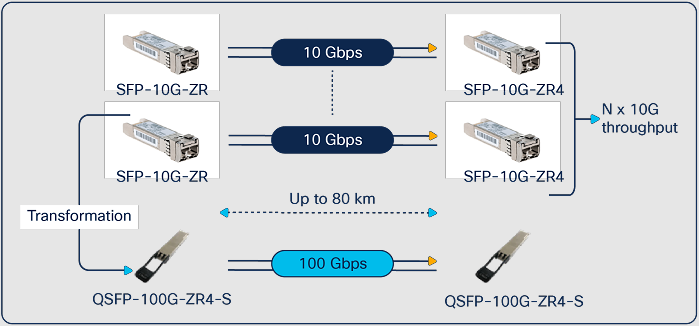
Figure 2 The QSFP-100G-ZR4-S will help network operators transform the services they provide to their customers
Inside the QSFP-100G-ZR4-S Optical Module
The QSFP-100G-ZR4-S was developed in response to customer demand for a practical 100G module with a transmission distance of 80km. The technologies were mature; the challenge was to find a way to combine them into a small device that could operate in the QSFP28 power range. This was achieved by combining a number of key technologies.
- Four 25G optoelectronic channels (standard with QSFP28, a proven technology in million-port deployments worldwide)
- O-band operation (1295/1300/1304/1309 nm) to minimize dispersion
- Integrated SOA for attenuation compensation (see Figure 3)
- High-power transmitter to maximize signal-to-noise ratio (SNR)
- NRZ modulation simplifies transmission and reception and ensures compatibility with existing hardware
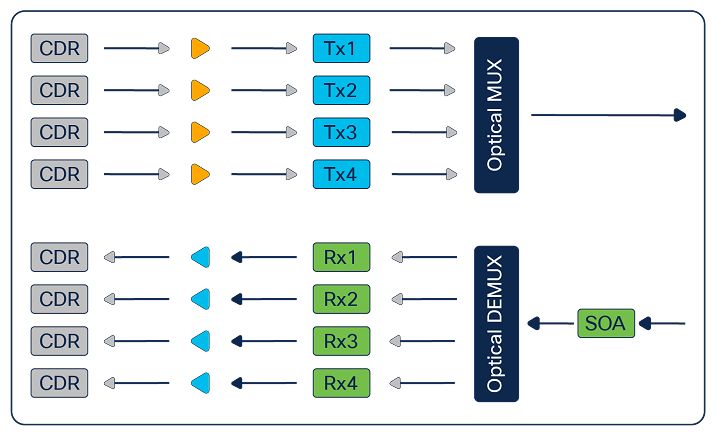
Figure 3 Schematic diagram of the QSFP-100G-ZR4-S
Thanks to the module's integrated SOA, the QSFP-100G-ZR4-S is smaller than a combination of optical plus amplifier modules, costing less and consuming less power, while eliminating the need to install, adjust and manage external equipment. Fewer components mean faster and easier deployment and maintenance.
Table 1 QSFP-100G-ZR4-S module specifications
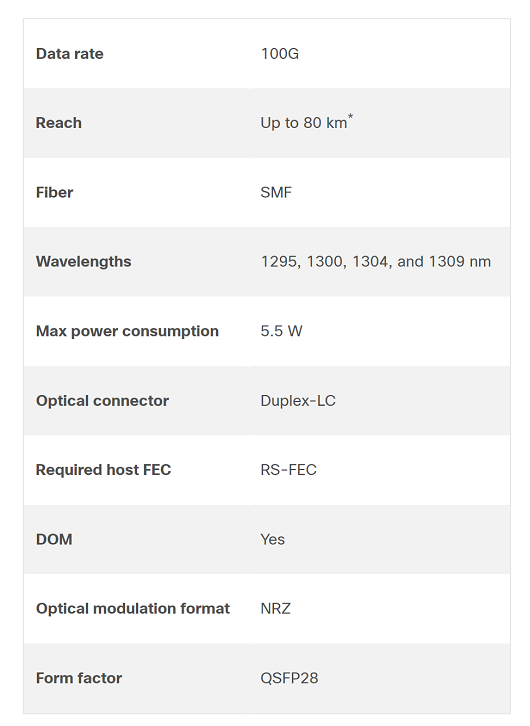
The QSFP-100G-ZR4-S module expands the Cisco QSFP-100G portfolio, which now includes 80km of links. This product family includes QSFP28 modules covering transmission distances of 100 m, 500 m, 2 km, 10 km, 25 km, and 40 km. Now, with the QSFP-100G-ZR4-S, customers can get full coverage from 100 m to 80 km in the standard QSFP28 module specification (see Figure 3).
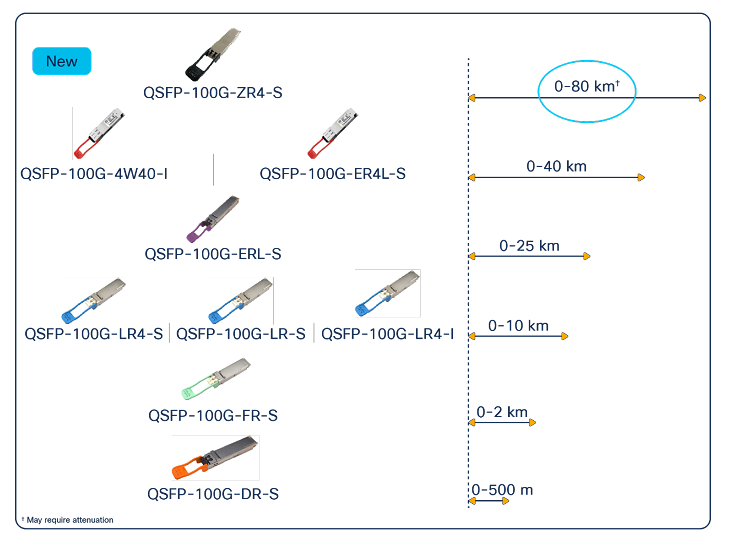
Figure 4 With the addition of the QSFP-100G-ZR4-S, network operators and integrators now have a complete range of 100G modules from 0-80km.
QSFP-100G-ZR4-S in action
The QSFP-100G-ZR4-S has significant advantages in extended range applications, such as cross-town or rural areas. Especially for power-, space- or cost-constrained networks, it can be a real game-changer for the industry.
- Enterprise: The QSFP-100G-ZR4-S is an effective solution for connecting enterprises to other metro or remote nodes, such as offices to retail stores, factories, warehouses, or medical facilities (see Figure 5). It also supports private cloud and privately managed failover/disaster recovery operations. In each case, the requirements are the same, namely to provide high-speed, reliable connectivity from one edge router to another over a range of up to 80km.

Figure 5 QSFP-100G-ZR4-S Enterprise Applications
-- Connectivity to regional data centers: As enterprises offload applications to regional data centers, high-bandwidth connectivity becomes critical. The QSFP-100G-ZR4-S can provide the speed, reliability and ease of use required for data center link facilities up to 80km (see Figure 6)
- Service Providers: Service providers such as telcos, cable companies, and utility companies can use the QSFP-100G-ZR4-S module to extend the distance to connect to a central server room or provide 100G services to their customers (see Figure 7). This solution provides high bandwidth and avoids the need for expensive repeaters for links up to 80km long.
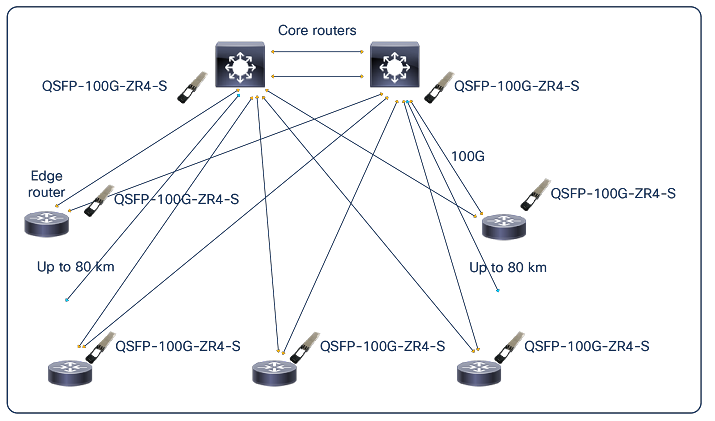
Figure 7 QSFP-100G-ZR4-S Service Provider Application
- Rural broadband: Many countries around the world have launched programs to support the construction and operation of high-speed rural networks. With a coverage of 80km, the QSFP-100G-ZR4-S module can help telcos bridge the digital divide by upgrading rural networks to 100G (see Figure 8).
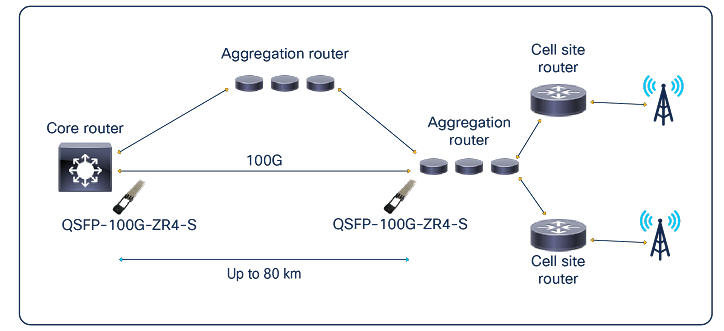
Figure 8 QSFP-100G-ZR4-S Rural Network Broadband Applications
- Unlimited mobility: Especially with 5G, wireless providers need 100G links to aggregate 4G and 5G traffic. The QSFP-100G-ZR4-S module can be used to connect aggregation routers to core routers, and its ample transmission distance can serve remote distributed sites up to 80km away (see Figure 9)
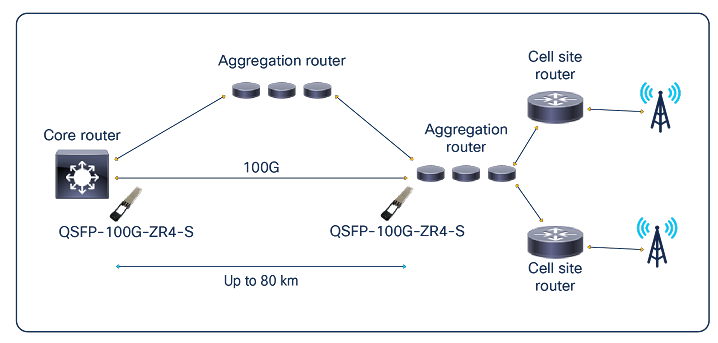
Figure 9 QSFP-100G-ZR4-S for mobile network applications
Breaking the 80km bandwidth bottleneck
The QSFP-100G-ZR4-S pluggable module is more than just a capacity upgrade. It extends the proven 100G QSFP28 transmission distance to up to 80km.Using the QSFP-100G-ZR4-S, a wide range of network operators can transform their capacity and customer service. Enterprises, service providers and wireless carriers, as well as telcos serving rural networks, can use these modules to deliver 100G transmission speeds over longer distances. They can maximize network efficiency, freeing up fiber resources for other applications or freeing them up altogether.
The QSFP-100G-ZR4-S module features an integrated SOA that is smaller, simpler, cheaper and consumes less power than a standard module and external amplifier combination. This is in addition to enhanced ease of use and faster installation and maintenance. These modules complete the Cisco 100G QSFP28 portfolio, which includes 100 meters, 500 meters, 2 kilometers, 10 kilometers, 25 kilometers, 40 kilometers, and now 80 kilometers, giving network operators the flexibility to offer connectivity over different distances based on customer demand.
Subscribe to the newsletter
for all the latest updates.
2-5# Building, Tongfuyu Industrial Zone, Aiqun Road, Shiyan Street, Baoan District, Shenzhen. China
